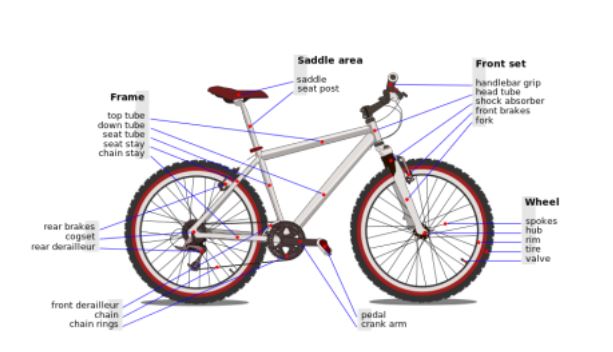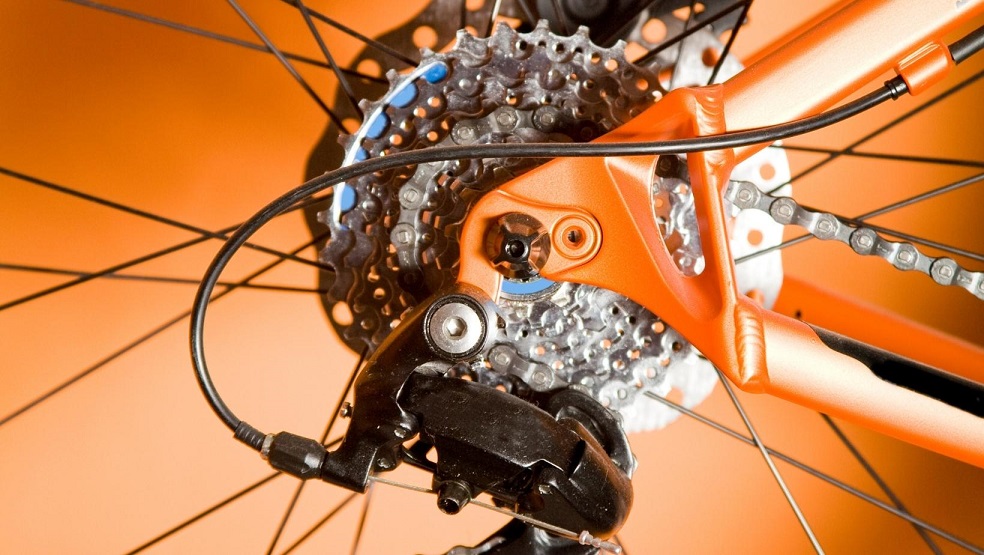
Mountain biking comes with many benefits—great cardio, breathtaking views, fresh air, thrills and excitement– but it also usually comes with mud. While you might not mind a little bit of dirt on the trail, your bike definitely will.
Overtime, mud, dirt and build-up can deteriorate your mountain bike. To properly maintain your mountain bike, it’s important to take the extra time for correct cleaning and maintenance. By doing so, you can extend your bike’s life, as well as your trail time.
Biking Basics
There are a few basics that you should know before you jump headfirst into cleaning. Before you start cleaning, it’s essential to know how often you should clean, and what products are right for your personal biking routine.
How Often Should I Clean My Mountain Bike?
How often you clean your bike typically depends on the type of terrain. If you bike a particularly muddy or wet trail, you should clean your mountain bike as soon as possible to prevent build up. If you aren’t riding somewhere particularly muddy but are riding frequently, it’s recommended you wash your bike weekly.
What Cleaning Supplies Will I Need to Clean my Mountain Bike?
- Rags: You’ll need several general cleaning rags; don’t forget to save a few dry rags for drying your bike a couple times.
- Bike Cleaner: In order to clean your bike, you’ll need a good bike cleaner. Outside Magazine recommends the MountainFlow Bikewash and Degreaser for its strength and environmental friendliness.
- Brushes: For different parts of your bike, you’ll need different brushes. At the bare minimum, you’ll need a large brush with softer bristles for the frame and wheels, and a smaller brush with stiff, coarse bristles for the smaller parts and stubborn mud.
- Chain Lubricant: In order to extend the life of your bike, you’ll need a quality chain lubricant. Depending on your biking terrain, you can either choose wet or dry lubricant. Similar to its name, wet lube is best for wet conditions, and dry lube is best for dry, dusty conditions.
Getting Familiar with Your Bike Parts
Lastly, it’s important to know the different parts of your mountain bike before you jump into cleaning; different components of your bike have different cleaning needs! Also, make sure you know what type of mountain bike you have.

Building A Cleaning Routine for Your Bike
Now that you’ve got the right knowledge, cleaning products and schedule, you’re ready to start cleaning your bike.
There are many things experienced bikers include in their cleaning routine–some even apply a silicone polish with every wash. While there are many optional steps you can add, the steps below are absolutely essential in keeping your bike in its best possible condition.
1: Rinse Thoroughly, but Lightly
First, place the mountain bike on your bike stand. Then, rinse the entire bike with a water hose. Remember to wash under the bike frame and seat–a lot of dirt likes to hide out under there. Most importantly, make sure you apply medium water pressure; if the water pressure is too high, rust could eventually find its way into the tiny crevices of your bike.
2: Scrub and Dry
After you’re done giving a general rinse, it’s time for a deep clean. Using a bike cleaner and a large brush, scrub the bike frame.
If you have disc brakes, make sure to keep all cleaner/degreaser away from the rotors brake pads; a common hack for this is to tie plastic bags around your discs while cleaning the rest of the bike.
For the smaller, more important areas of the bike like the chainstays, chain rings, cranks and cogs, you’ll need to do an even deeper clean with a small, stiff brush. For the chain specifically, scrub and pull it as you go. Finish your scrub with another thorough rinse.
To finish this step, immediately dry the bike with clean, dry rags. Don’t be afraid to go over the bike a couple of times, and really get into the nooks and crannies–rust in hidden areas can do a surprising amount of damage to your bike.

3: Lubricate
After drying your bike thoroughly, it’s time to apply lubricant. Properly lubricating your bike can prevent corrosion, wear, and tear from happening to the most important parts of your bike.
To finish cleaning your bike, apply lube to the appropriate areas:
- The Chain: The chain is the most important component to lubricate. Apply the lube to each link, pulling the chain slowly by backpedaling as you go. Again, be careful to avoid the disc.
- Cables: Apply a drop or two of lube to each cable housing.
- Derailleurs: Apply a drop of two to the pivot joints and springs.
Regularly lubricating the chain, cables, and derailleurs is essential for your weekly cleaning routine, but you’ll need to lubricate additional parts at least once a month.
After applying your lubricant, always make sure to clean off the excess. Excess lube can attract dirt and mud which compounds over time–which, again, can deteriorate your bike.
With your bike washed, dried, and lubricated, you’re ready to hit the road again! With your bike in its best possible condition, you’re set for a happy, healthy ride. Enjoy!





